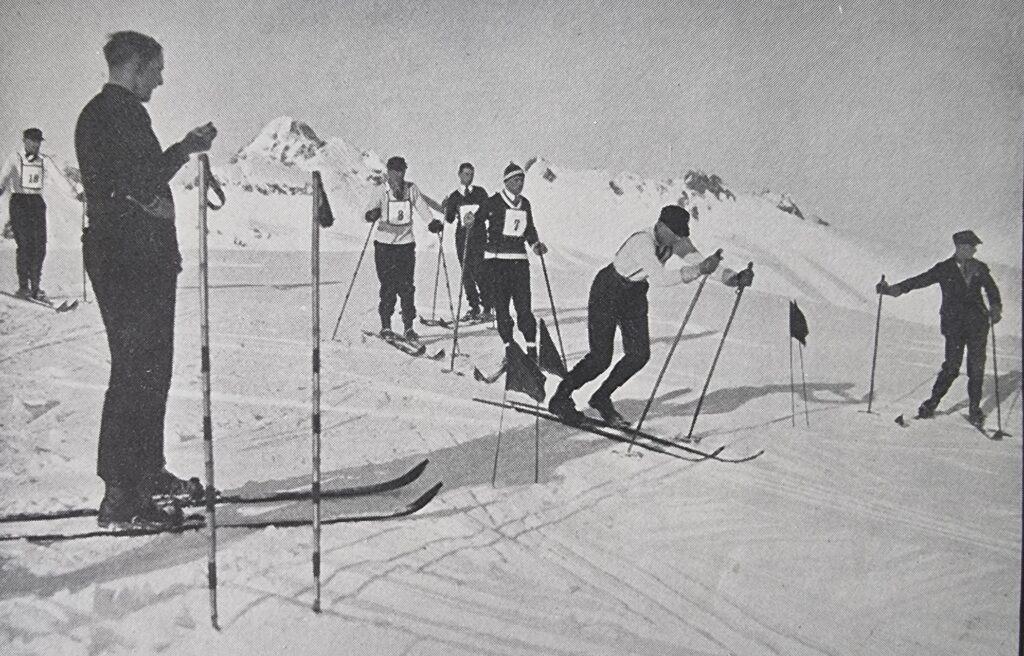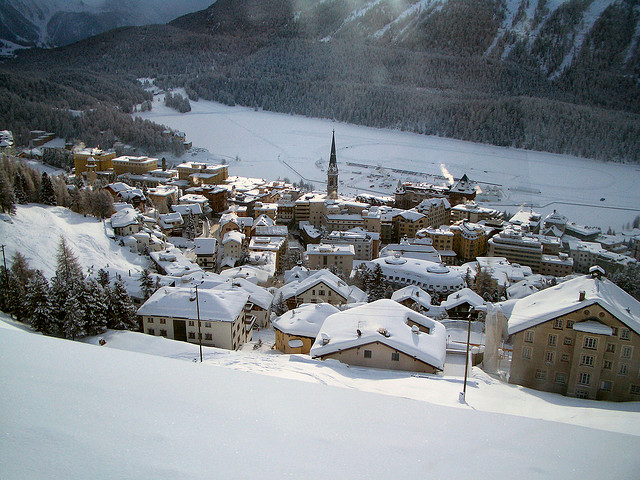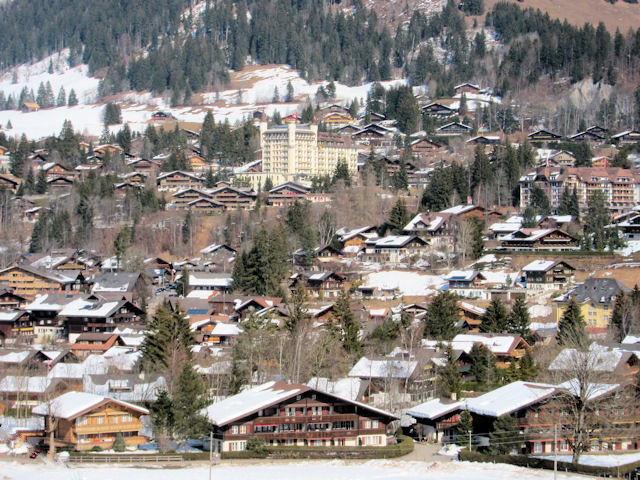
You can be forgiven for not having come across Maloja as a ski destination, but it was once once of the most feted resorts in the world.
The heart of Maloja for the visiting winter tourists was the Palace Hotel, built in 1884 and equipped with emerging technological advances such as electricity and elevators. It is still in operation today, but its hay day was between the world wars.

Maloja was host to many ski races, such as the 1929 British Ski Championship. It was also a centre for ski touring around the Engadine. The still very active UK-based Eagle Ski Club, which specialises in ski touring and ski mountaineering, was founded at the Maloja Palace Hotel in 1925.
So why have you never heard of Maloja?
The main reason is that it only has a 2km piste served by a solitary surface lift. At the height of its popularity ski runs were neither pisted nor lift- served. The nearby resort of St Moritz was well established and, as ski tourism developed in the area, its better facilities, access and higher runs dominated winter sports activity in the area.
The Maloja Palace also suffered declining fortunes and lost its allure compared to the hotels of other Engadine resorts, such as St Moritz, Celerina and Pontresina – all of which are easier to get to from the UK and Northern Europe.
Maloja was also popular when winter sports represented a very different set of activities than occurred after World War 2. For generations of skiers from the 1950s onwards, the only winter sport they were likely to participate in was a form of skiing dominated by lift-served downhill slopes with prepared surfaces, increasingly at giant, linked ski areas. For Britons, this coincided with increasingly affordable air tickets and package holidays, and a consequent burgeoning interest in winter holidays.
Very unlike the winter sports scene before World War 2.
In the twenties and thirties skiing was at the heart of many controversies. One concerned ski racing, where there was divided opinion between Alpine nations, Britain and the Nordics over the validity of different competitive disciplines. Many purists also decried the introduction of mechanical lits and prepared pistes. Essentially the early development of recreational skiing was associated primarily with something akin to a mixture of cross country skiing, ski touring and ski mountaineering, whilst winter walks, skating and tobogganing were available for the less adventurous winter tourists.
Despite its failure to matchthe expectations of most skiers, Maloja remains popular for ski touring and its cross-country ski trails. It also marks the start of the Engadin Skimarathon, which attracts thousands of enthusiasts every March.



 Sophia Loren, however, preferred
Sophia Loren, however, preferred